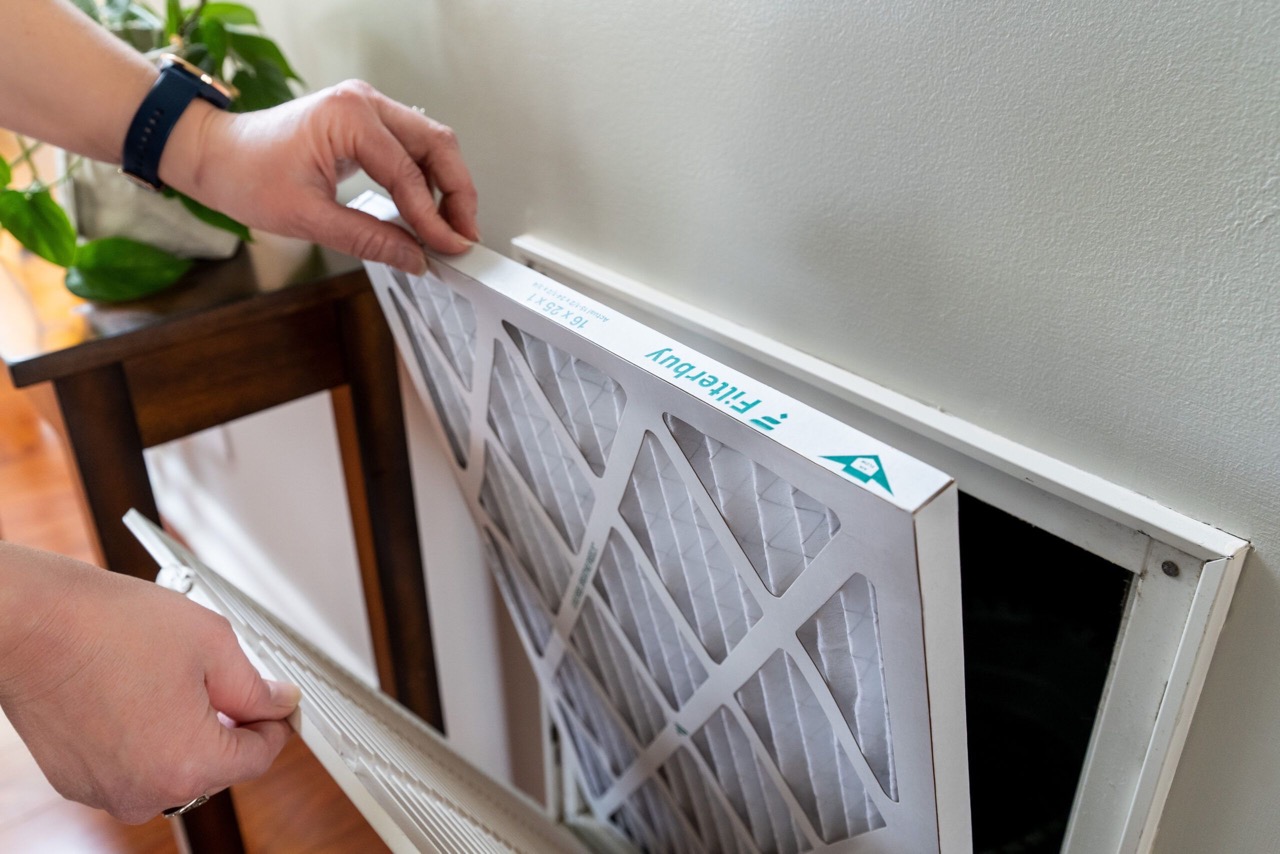

Articles
Where Is HVAC Filter Located
Modified: October 20, 2024
Looking for articles on where to find your HVAC filter? Find all the information you need to locate and replace your HVAC filter in our helpful articles.
(Many of the links in this article redirect to a specific reviewed product. Your purchase of these products through affiliate links helps to generate commission for Storables.com, at no extra cost. Learn more)
Introduction
Welcome to the world of HVAC filters – an important component of your heating, ventilation, and air conditioning system. While it’s easy to overlook the humble HVAC filter, it plays a crucial role in maintaining indoor air quality and keeping your HVAC system operating efficiently. Understanding the location and function of your HVAC filter is essential for proper maintenance and optimal performance of your system.
In this article, we will explore the importance of knowing where your HVAC filter is located, the benefits of regular filter maintenance, and the consequences of neglecting this simple yet vital task. We will also provide you with step-by-step instructions on how to locate your HVAC filter and offer some helpful tips for maintaining it. So, let’s dive in and uncover the world of HVAC filters!
Key Takeaways:
- Regularly checking, cleaning, or replacing your HVAC filter is crucial for improved indoor air quality, energy efficiency, and cost savings in the long run. Prioritize HVAC filter maintenance for a healthier home environment.
- Understanding the different types of HVAC filters available allows you to choose the most suitable option for your needs, ensuring cleaner, healthier air and a properly functioning HVAC system. Consider factors such as air quality, filtration requirements, and compatibility with your HVAC system when selecting a filter.
Read more: Where Is HVAC Fuse Located
Understanding HVAC Filters
Before we delve into the details of locating and maintaining your HVAC filter, let’s first understand what it is and how it functions. An HVAC filter, also known as an air filter, is a device designed to trap and remove airborne particles from the air circulating through your HVAC system.
The primary purpose of an HVAC filter is to improve indoor air quality by capturing pollutants such as dust, pollen, pet dander, and bacteria. It prevents these contaminants from being recirculated throughout your home, helping to reduce allergy symptoms and respiratory issues.
HVAC filters work by using a fine mesh material, typically made of fiberglass, pleated paper, or synthetic material, to trap and retain airborne particles as the air passes through the filter. The filter’s efficiency in capturing different particle sizes is measured by its Minimum Efficiency Reporting Value (MERV) rating. Higher MERV ratings indicate a higher level of filtration.
It’s important to note that HVAC filters are not designed to clean the air of all contaminants but rather to maintain the cleanliness of your HVAC system. Regularly changing or cleaning your HVAC filter is essential to ensure its effectiveness.
Now that we have a basic understanding of HVAC filters, let’s explore the common locations where you can find them.
Common Locations for HVAC Filters
Now that we understand the purpose and function of HVAC filters, let’s talk about where you can typically find them in your home. The exact location of the HVAC filter depends on the type of HVAC system you have. Here are some common locations:
- In a return air grille: Many residential HVAC systems have the filter located behind a return air grille. This grille is usually located on a wall or ceiling, and you can remove it to access the filter.
- In the air handler unit: In some HVAC systems, the filter is located within the air handler unit itself. The air handler is typically located in a utility closet, basement, or attic. You may need to open a panel or remove the front cover of the unit to access the filter.
- In a filter housing: Some HVAC systems have a dedicated filter housing, which is a separate enclosure specifically designed to hold the filter. The housing can be located near the air handler unit or within the ductwork.
It’s important to note that the specific location of the HVAC filter may vary based on the design and layout of your HVAC system. If you’re unsure about the exact location, consult your HVAC system’s user manual or contact a professional HVAC technician for assistance.
Knowing the location of your HVAC filter is crucial for regular maintenance and replacement. Let’s explore the benefits of knowing where your HVAC filter is located.
Benefits of Knowing Where the HVAC Filter Is
Understanding and being aware of the location of your HVAC filter can provide several benefits for both your HVAC system and your indoor air quality. Let’s take a look at the advantages of knowing where your HVAC filter is located:
- Improved Air Quality: Regularly changing or cleaning your HVAC filter ensures that the air circulating in your home is free from dust, allergens, and other airborne particles. This helps to improve the overall indoor air quality, making your living spaces healthier and more comfortable for you and your family.
- Enhanced HVAC System Efficiency: A clean HVAC filter allows for better airflow, which means your HVAC system doesn’t have to work as hard to heat or cool your home. This leads to increased energy efficiency and potentially lowers your energy bills.
- Extended HVAC System Lifespan: When the filter is clogged with dirt and debris, it restricts airflow and puts extra strain on the HVAC system. This can lead to increased wear and tear and may result in costly repairs or premature system failure. Regular filter maintenance helps prolong the lifespan of your HVAC system.
- Cost Savings: By maintaining a clean HVAC filter, you can save money on energy costs and avoid expensive repairs or replacements. Investing a little time and effort in regular filter maintenance can result in long-term savings.
- Reduced Allergens and Respiratory Irritants: A clean HVAC filter traps common allergens such as pollen, dust mites, and pet dander, reducing the presence of these irritants in the air. This can be particularly beneficial for individuals with allergies or respiratory conditions.
In summary, knowing the location of your HVAC filter allows you to proactively maintain and care for your HVAC system, resulting in improved air quality, energy efficiency, and cost savings. Next, we will explore the consequences of neglecting your HVAC filter maintenance.
Consequences of Not Knowing Where the HVAC Filter Is
Not knowing the location of your HVAC filter or neglecting its maintenance can have several negative consequences. Let’s take a look at the potential outcomes of ignoring your HVAC filter:
- Poor Indoor Air Quality: When the HVAC filter is dirty or clogged, it cannot effectively capture airborne particles. This can lead to poor indoor air quality, as pollutants and allergens continue to circulate throughout your home. This can exacerbate allergies, asthma, and other respiratory conditions.
- Inefficient HVAC System: A clogged or dirty HVAC filter restricts airflow, forcing your HVAC system to work harder to maintain the desired temperature. This reduces the system’s efficiency and can result in increased energy consumption and higher utility bills.
- Increased Maintenance Costs: Neglecting your HVAC filter can lead to more frequent breakdowns and repairs due to the strain placed on the system. Components may become clogged or damaged, requiring professional intervention and potentially costly repairs.
- Shortened HVAC System Lifespan: A neglected HVAC filter can put unnecessary stress on the system, causing it to wear out and fail prematurely. Replacing an entire HVAC system is a significant expense that can be avoided with regular filter maintenance.
- Reduced Comfort: A dirty filter can impair airflow, resulting in uneven heating or cooling throughout your home. Rooms furthest from the HVAC unit may be noticeably cooler or warmer, leading to discomfort for occupants.
By neglecting your HVAC filter, you risk compromising the quality of your indoor air, incurring higher energy costs, and potentially damaging your HVAC system. Regular filter maintenance is essential to avoid these consequences and ensure the optimal performance of your HVAC system.
Now that we understand the potential consequences of neglecting the HVAC filter, let’s move on to the steps involved in locating the filter in your system.
Check the return air duct near your HVAC system. The filter is usually located inside a slot or grille. If you can’t find it, refer to your system’s manual or contact a professional for assistance.
Read more: Where Is AC Filter Located
Steps to Locate the HVAC Filter
Locating the HVAC filter in your system may seem daunting, but with a few simple steps, you’ll be able to find it easily. Here’s a guide to help you locate your HVAC filter:
- Consult the owner’s manual: The first step is to refer to the owner’s manual of your HVAC system. It will provide you with specific instructions on where the filter is located and how to access it. If you don’t have the manual, you can often find it online by searching for the make and model of your HVAC system.
- Check the return air grilles: Start by inspecting your return air grilles, which are usually located on the walls or ceilings of your home. Remove the grille by unscrewing or gently pulling it away from the wall or ceiling. Behind the grille, you may find the filter secured in a slot or housed in a separate compartment.
- Look for the air handler unit: If you don’t find the filter behind the return air grilles, the next step is to locate the air handler unit. The air handler is typically housed in a utility closet, basement, or attic. Remove the cover or access panel to reveal the filter, which may be located inside the unit or on the return plenum.
- Inspect the filter housing: In some HVAC systems, the filter is housed in a separate filter housing. This housing can be located near the air handler unit or within the ductwork. Look for a labeled access panel or housing compartment where the filter is stored. Open the panel or compartment to access the filter.
- Seek professional assistance: If you’re unable to locate the filter using the above steps or still uncertain about its location, it’s best to seek the help of a professional HVAC technician. They have experience working with various systems and can accurately locate and identify the filter.
Remember, the location of the HVAC filter may vary depending on your specific HVAC system. Once you’ve located the filter, it’s essential to understand how to maintain it properly. Let’s explore some tips for maintaining your HVAC filter.
Tips for Maintaining the HVAC Filter
Maintaining your HVAC filter is crucial for ensuring efficient operation and optimal indoor air quality. Here are some essential tips to help you properly maintain your HVAC filter:
- Regularly check and clean or replace the filter: Check your HVAC filter on a monthly basis and clean or replace it as needed. A visual inspection will give you an idea of its condition. If it appears dirty or clogged, it’s time to clean or replace it. Disposable filters usually need to be replaced, while reusable filters can be cleaned and reused according to the manufacturer’s instructions.
- Follow manufacturer’s instructions: Different HVAC filters have different maintenance requirements. Follow the manufacturer’s instructions for proper cleaning or replacement intervals. This will ensure optimal performance and prevent any warranty issues.
- Use the correct filter size and type: Ensure that you use the correct size and type of filter for your HVAC system. Refer to the owner’s manual or consult a professional if you’re unsure about the right filter specifications. Using the wrong filter can lead to poor performance and potential damage to your system.
- Consider upgrading to a higher MERV rating: If you’re concerned about air quality or have specific respiratory issues, consider upgrading to a filter with a higher Minimum Efficiency Reporting Value (MERV) rating. A higher MERV rating means better filtration, capturing smaller particles and improving indoor air quality.
- Keep the filter area clean: While replacing or cleaning the HVAC filter, take the opportunity to clean the area surrounding it. Use a vacuum or damp cloth to remove any built-up dirt, dust, or debris.
- Set reminders for filter maintenance: To ensure regular maintenance, set reminders on your calendar or smartphone to check and clean or replace your HVAC filter. This will help you stay on top of the recommended maintenance schedule.
- Consider professional HVAC maintenance: While regular filter maintenance is essential, it’s also beneficial to schedule professional HVAC maintenance on an annual basis. HVAC technicians can ensure that your entire system is functioning optimally, including the filter, and address any potential issues proactively.
By following these tips, you will maintain a clean and efficient HVAC filter, resulting in improved indoor air quality, energy efficiency, and savings in the long run.
Now that we’ve covered the tips for maintaining your HVAC filter, let’s explore the different types of filters available.
Different Types of HVAC Filters
When it comes to HVAC filters, there are various types available, each with its own features and benefits. Understanding the different types can help you make an informed decision when selecting the right filter for your HVAC system. Here are some common types of HVAC filters:
- Fiberglass Filters: Fiberglass filters are inexpensive and have a low MERV rating. They primarily capture larger particles and provide basic filtration. While they may not be as effective in trapping smaller particles, they are commonly used in residential HVAC systems.
- Pleated Filters: Pleated filters are made of cotton or polyester materials and offer higher filtration efficiency compared to fiberglass filters. They have a higher MERV rating, capturing smaller particles and allergens. Pleated filters typically need to be replaced more frequently due to their finer filtration capabilities.
- HEPA Filters: High-Efficiency Particulate Air (HEPA) filters are known for their exceptional filtration performance. They are designed to capture up to 99.97% of airborne particles as small as 0.3 microns. HEPA filters are often used in hospitals, clean rooms, and environments that require high air quality. However, they may not be compatible with all residential HVAC systems due to their high-density construction.
- Electrostatic Filters: Electrostatic filters use electrostatically charged fibers to attract and trap airborne particles. They are effective at capturing both small and large particles. These filters are available in both disposable and washable options.
- Activated Carbon Filters: Activated carbon filters are designed to remove odors, chemicals, and volatile organic compounds (VOCs) from the air. They are often used in commercial settings where odor control is essential. Activated carbon filters may be combined with other filter types for enhanced filtration.
- UV Filters: UV filters use ultraviolet light to kill or deactivate bacteria, viruses, and other microbial contaminants. They are typically installed within the HVAC system and require professional installation and maintenance.
It’s important to consider factors such as the air quality in your area, specific filtration needs, budget, and compatibility with your HVAC system when selecting a filter type. If you’re unsure about the right filter for your system, consult with an HVAC professional who can provide guidance.
Now that we’ve covered the different types of HVAC filters, you should have a better understanding of the options available to you. Let’s address some frequently asked questions about HVAC filters.
Frequently Asked Questions (FAQs)
1. How often should I clean or replace my HVAC filter?
The frequency of filter cleaning or replacement depends on several factors, including the filter type, indoor air quality, and usage of your HVAC system. It’s generally recommended to check the filter every 1 to 3 months and clean or replace it as needed.
2. Can I clean a disposable HVAC filter?
Disposable HVAC filters are designed for one-time use and are not meant to be cleaned. They should be replaced with a new filter when they become dirty or clogged.
3. Can I reuse a washable HVAC filter indefinitely?
Washable HVAC filters are designed to be reusable, but they have a limited lifespan. Follow the manufacturer’s instructions for cleaning and reusing the filter. Over time, washable filters may lose their efficiency and need to be replaced.
4. What is the cost difference between different types of HVAC filters?
The cost of HVAC filters varies depending on the type, size, and brand. Fiberglass filters are generally the cheapest, while HEPA filters are more expensive. Consider the long-term benefits and performance of the filter when making a purchasing decision.
5. Can I install a higher-rated MERV filter in my HVAC system?
While using a higher-rated MERV filter can improve filtration, it’s important to check your HVAC system’s specifications. Higher-rated filters can restrict airflow, causing strain on the system. Consult with an HVAC professional to ensure your system can accommodate a higher-rated filter safely.
6. Is it necessary to enlist professional help for HVAC filter maintenance?
While basic HVAC filter maintenance can be done by homeowners, professional HVAC maintenance is also recommended. HVAC technicians have the expertise to inspect and clean or replace filters, as well as identify and address any potential issues with your HVAC system.
These are just a few common FAQs about HVAC filters. If you have specific concerns or questions about your HVAC filter, it’s always best to consult with a professional for personalized advice.
Now that we have addressed some common queries, let’s wrap up the article.
Read more: Where Is The HVAC Control Board Located
Conclusion
Understanding the importance of knowing where your HVAC filter is located and how to maintain it is essential for the efficiency and longevity of your HVAC system. Regularly checking, cleaning, or replacing your HVAC filter ensures improved indoor air quality, energy efficiency, and cost savings in the long run.
By locating your HVAC filter, you can easily perform routine maintenance and reap the benefits of cleaner air, increased system efficiency, and extended equipment lifespan. The consequences of neglecting your HVAC filter can include poor indoor air quality, decreased energy efficiency, increased maintenance costs, and reduced comfort in your home.
By following the steps outlined in this article, you can easily locate your HVAC filter and carry out regular maintenance. Remember to consult your owner’s manual or seek professional assistance if you’re unsure about the location or specific maintenance requirements for your HVAC system.
Additionally, understanding the different types of HVAC filters available allows you to choose the most suitable option for your needs. From fiberglass filters to HEPA filters, each filter type has its own advantages and filtration capabilities. Consider factors such as air quality, filtration requirements, and compatibility with your HVAC system when selecting a filter.
Regular maintenance of your HVAC filter, along with professional HVAC system maintenance, is vital for optimal performance and indoor air quality. By following the tips provided in this article, you can ensure that your HVAC filter is clean and efficient, providing you with cleaner, healthier air and a properly functioning HVAC system.
Take the time to prioritize HVAC filter maintenance and enjoy the benefits of a well-maintained HVAC system in your home. Breathe easy and make the most of your indoor comfort!
Remember, if you have any specific concerns or questions regarding your HVAC filter or system, it’s always recommended to consult with a professional HVAC technician for expert advice and assistance.
Frequently Asked Questions about Where Is HVAC Filter Located
Was this page helpful?
At Storables.com, we guarantee accurate and reliable information. Our content, validated by Expert Board Contributors, is crafted following stringent Editorial Policies. We're committed to providing you with well-researched, expert-backed insights for all your informational needs.
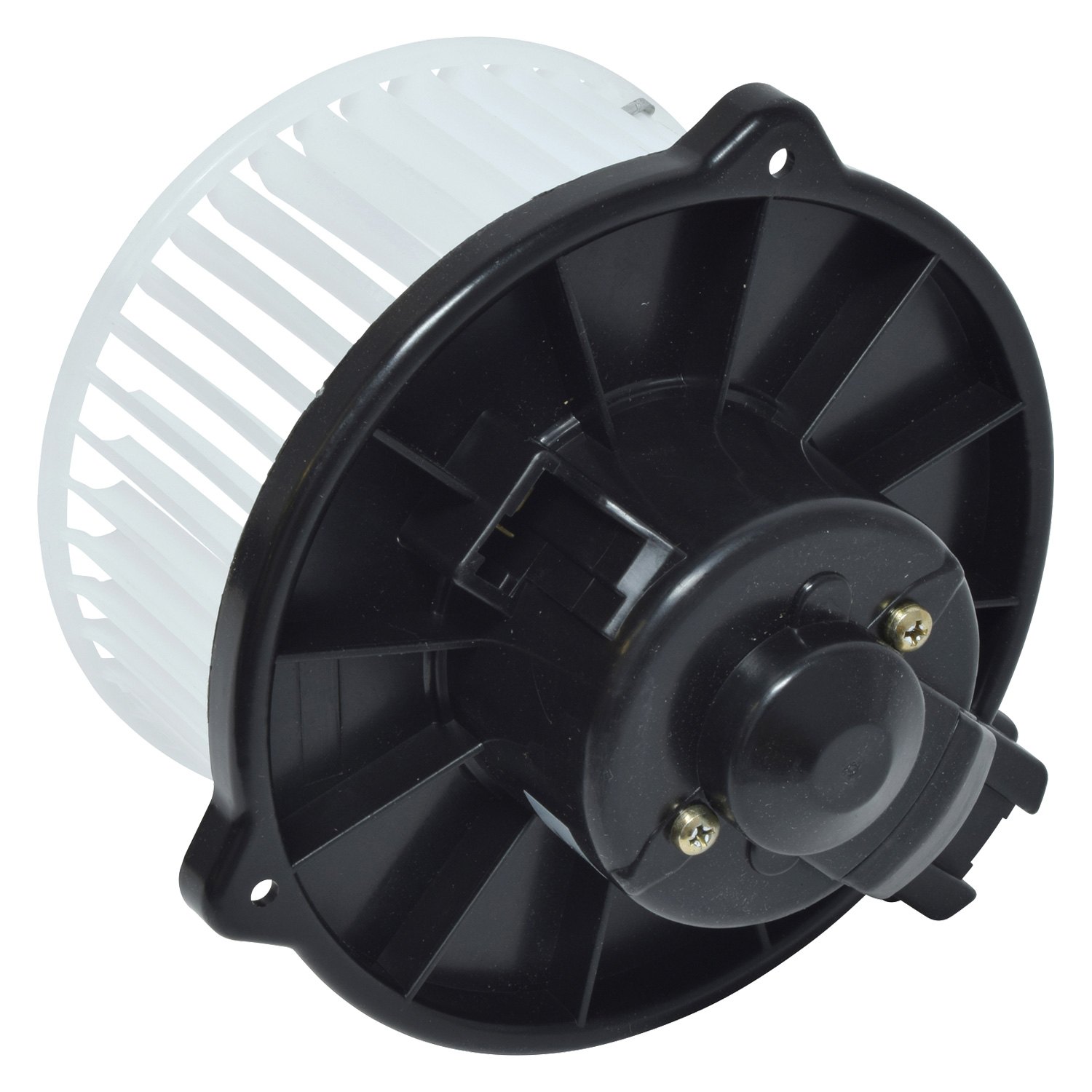
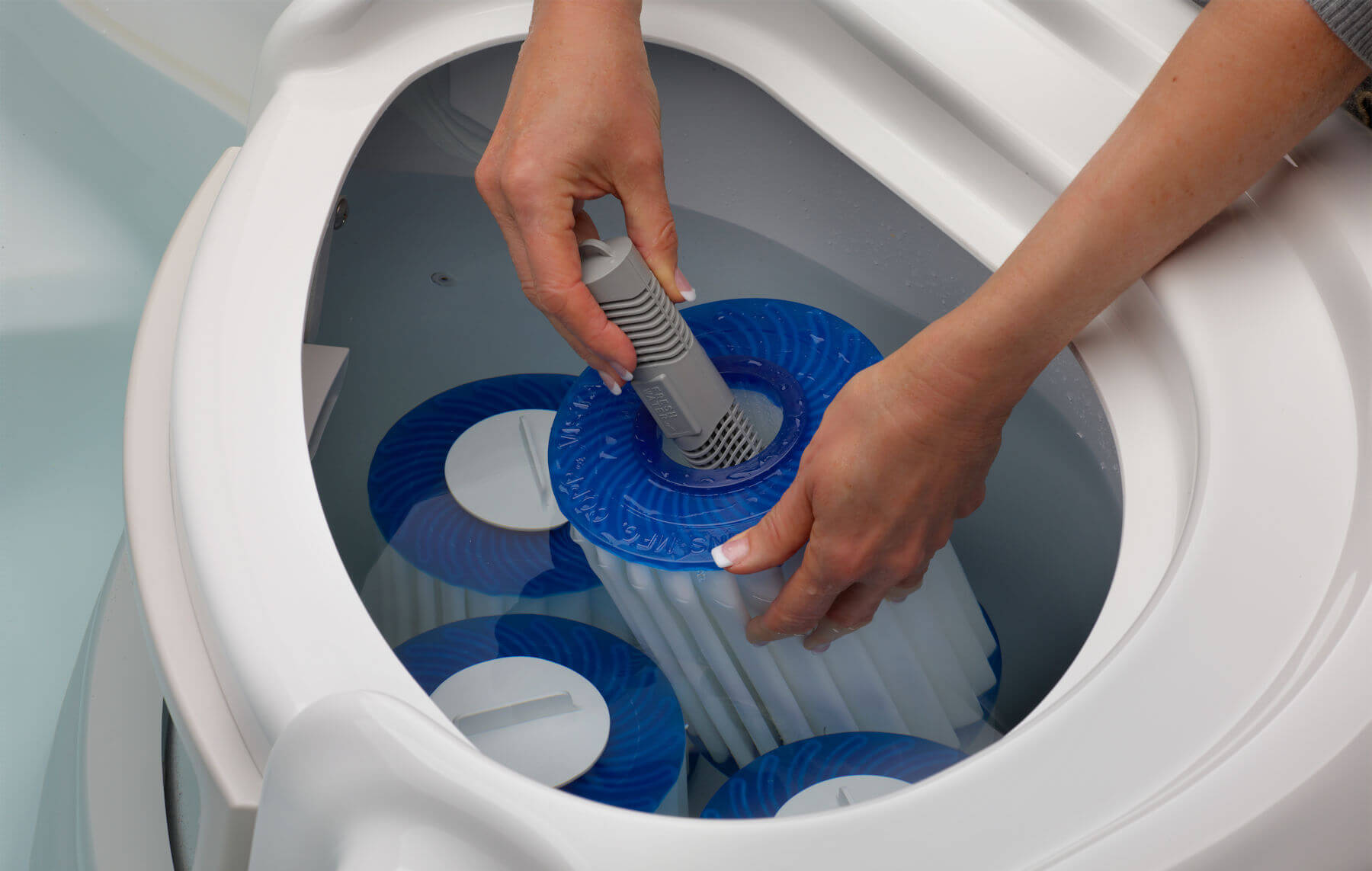

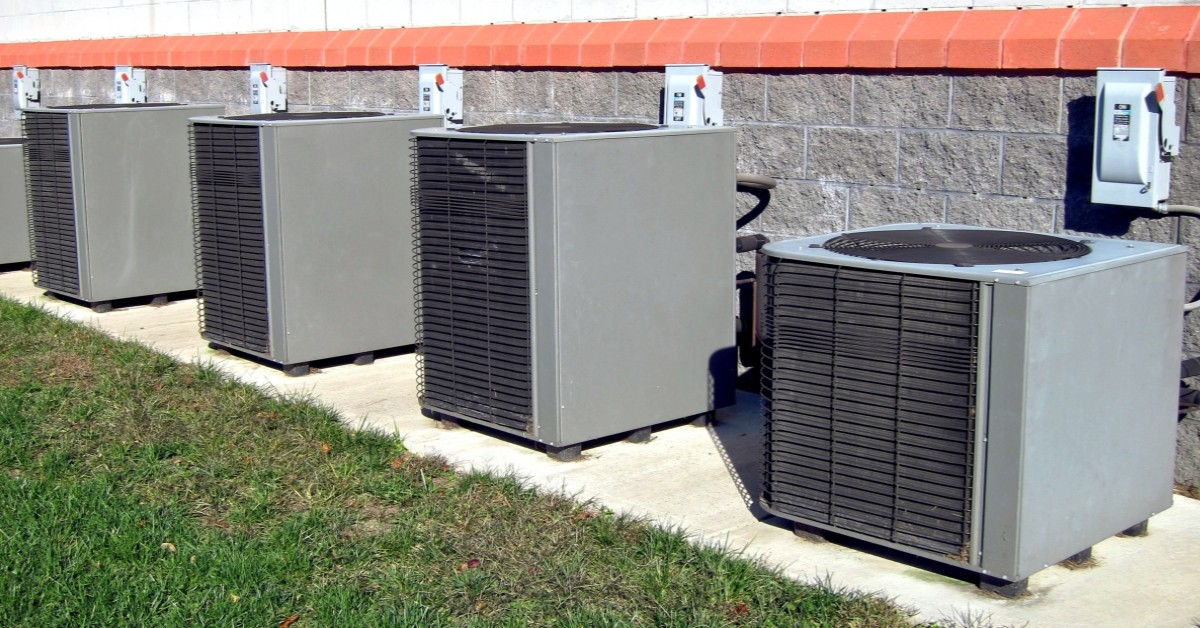
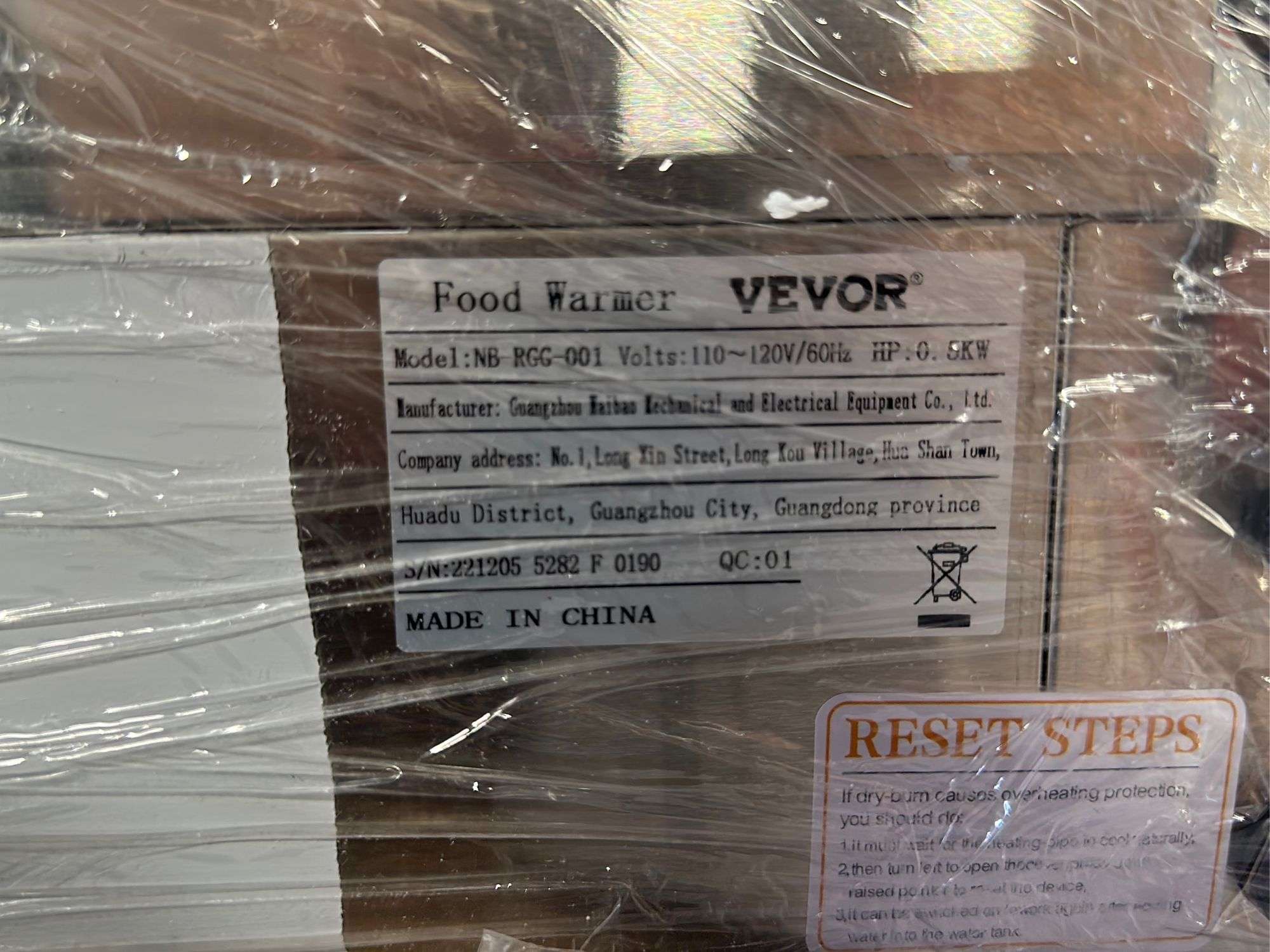
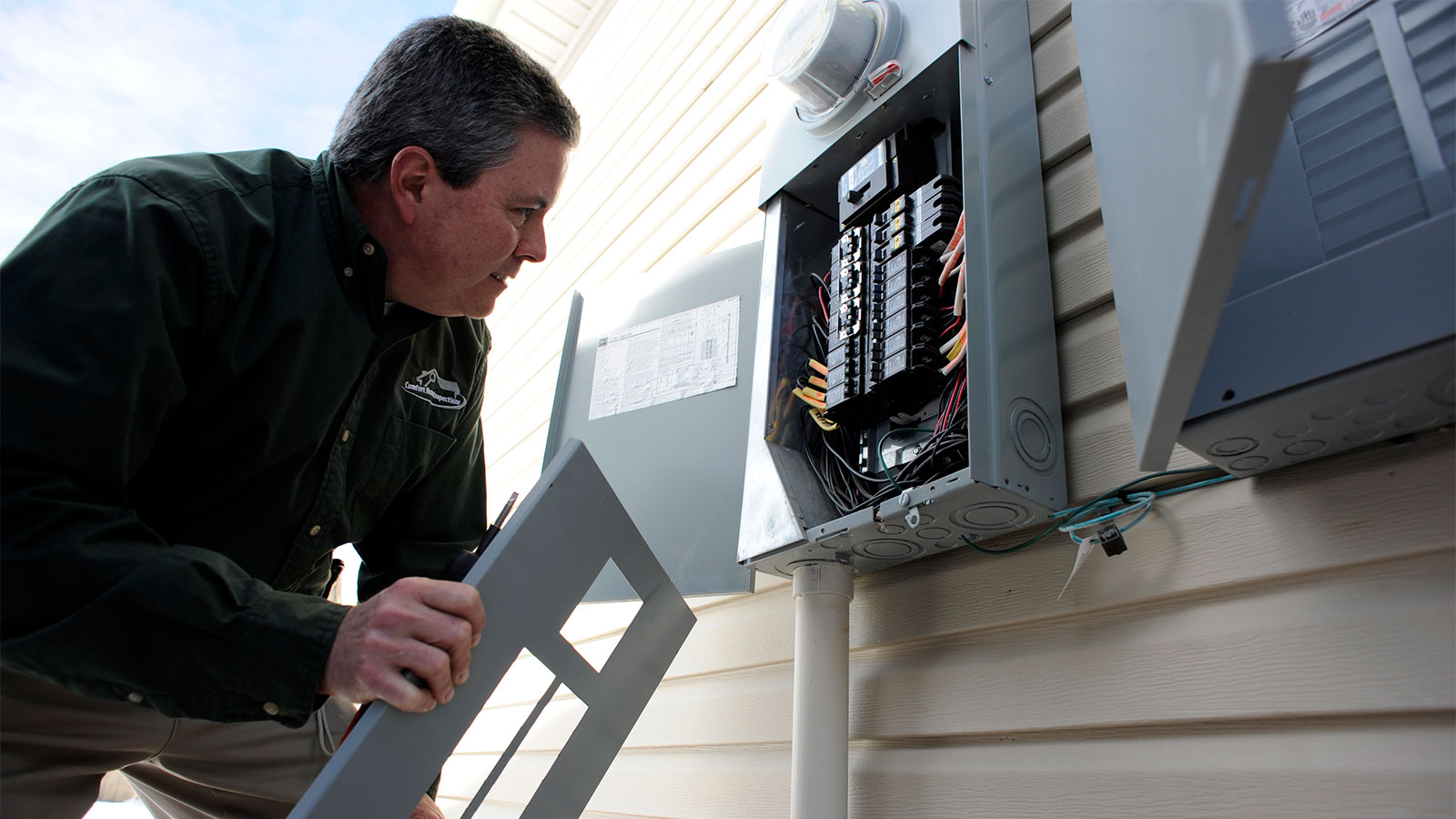
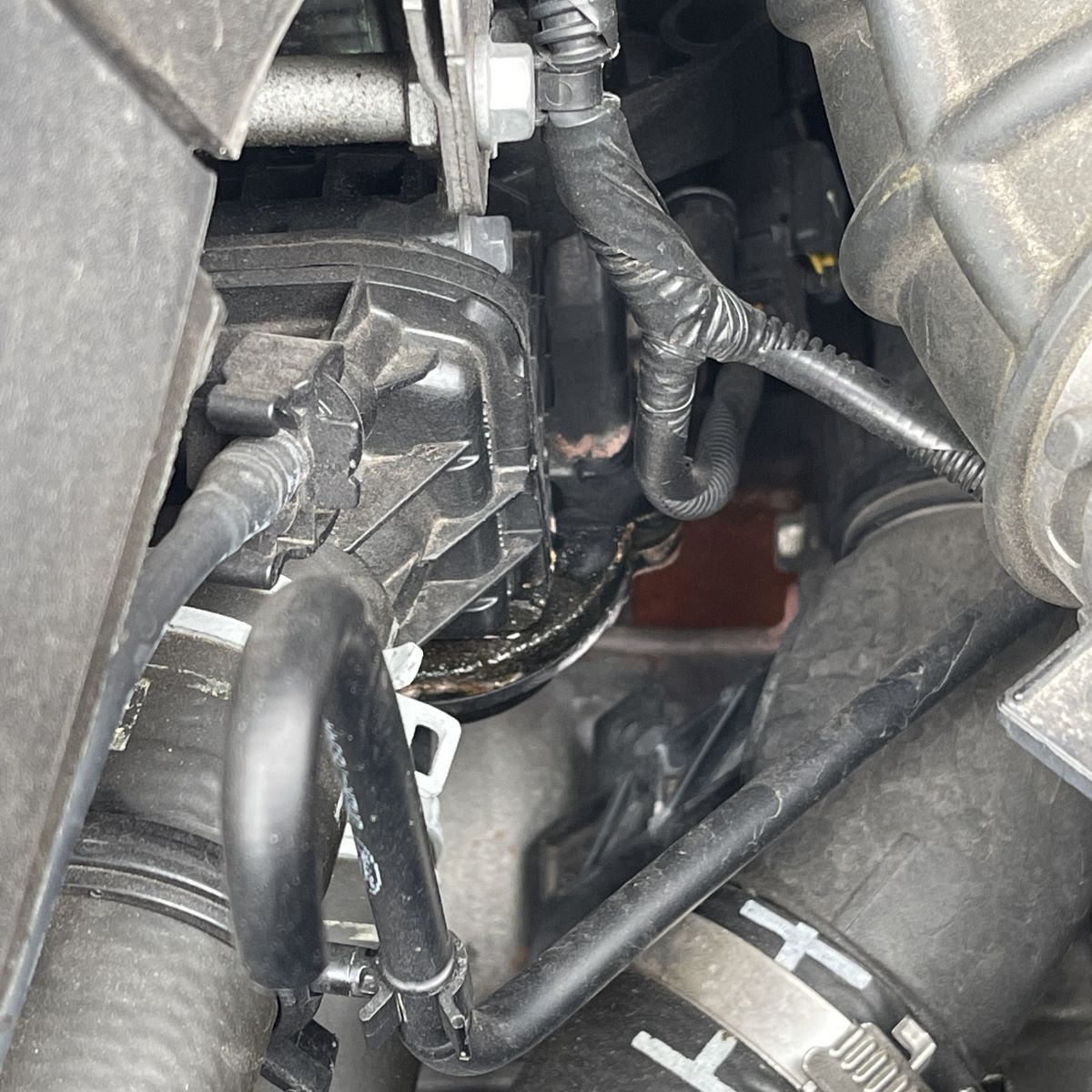
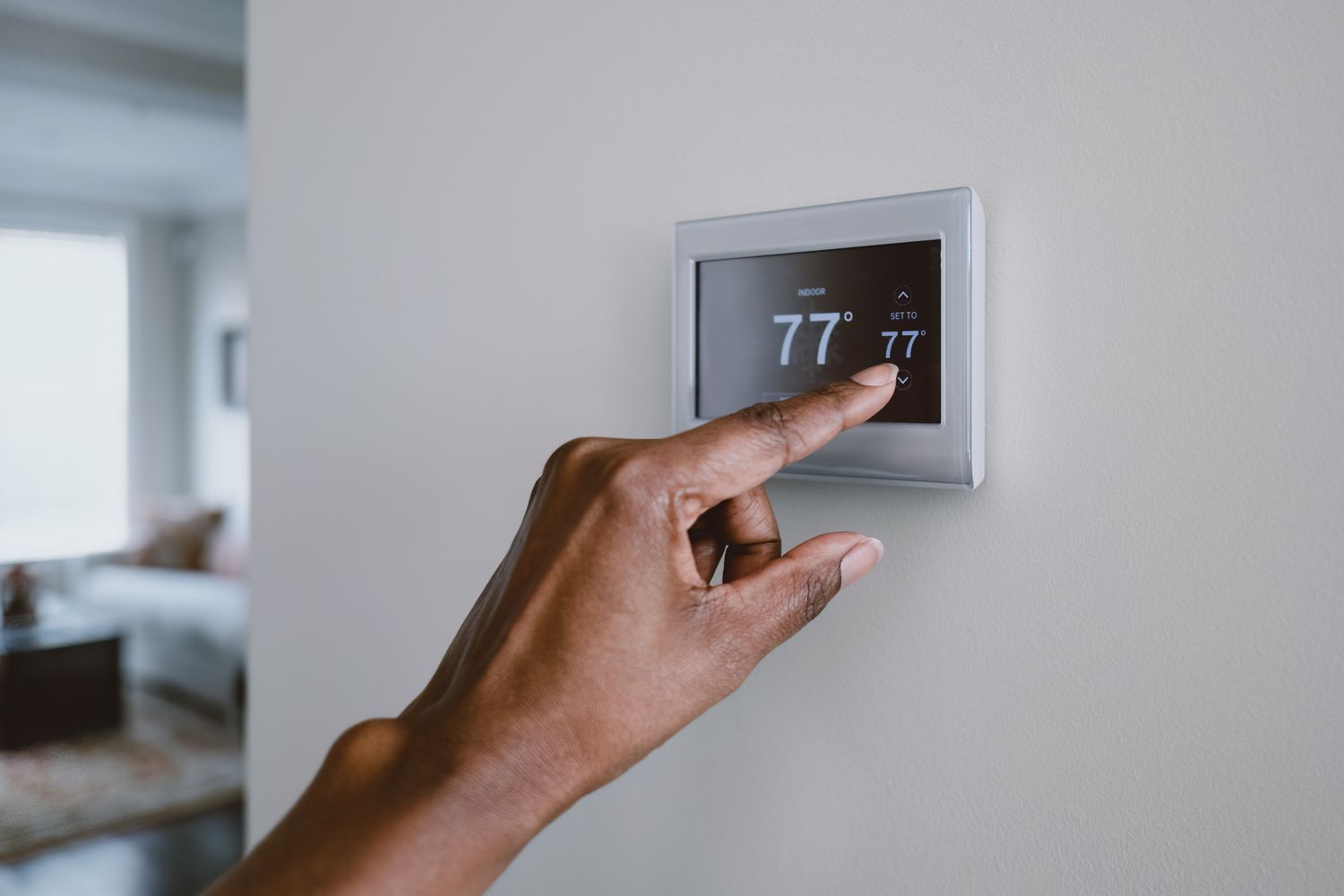
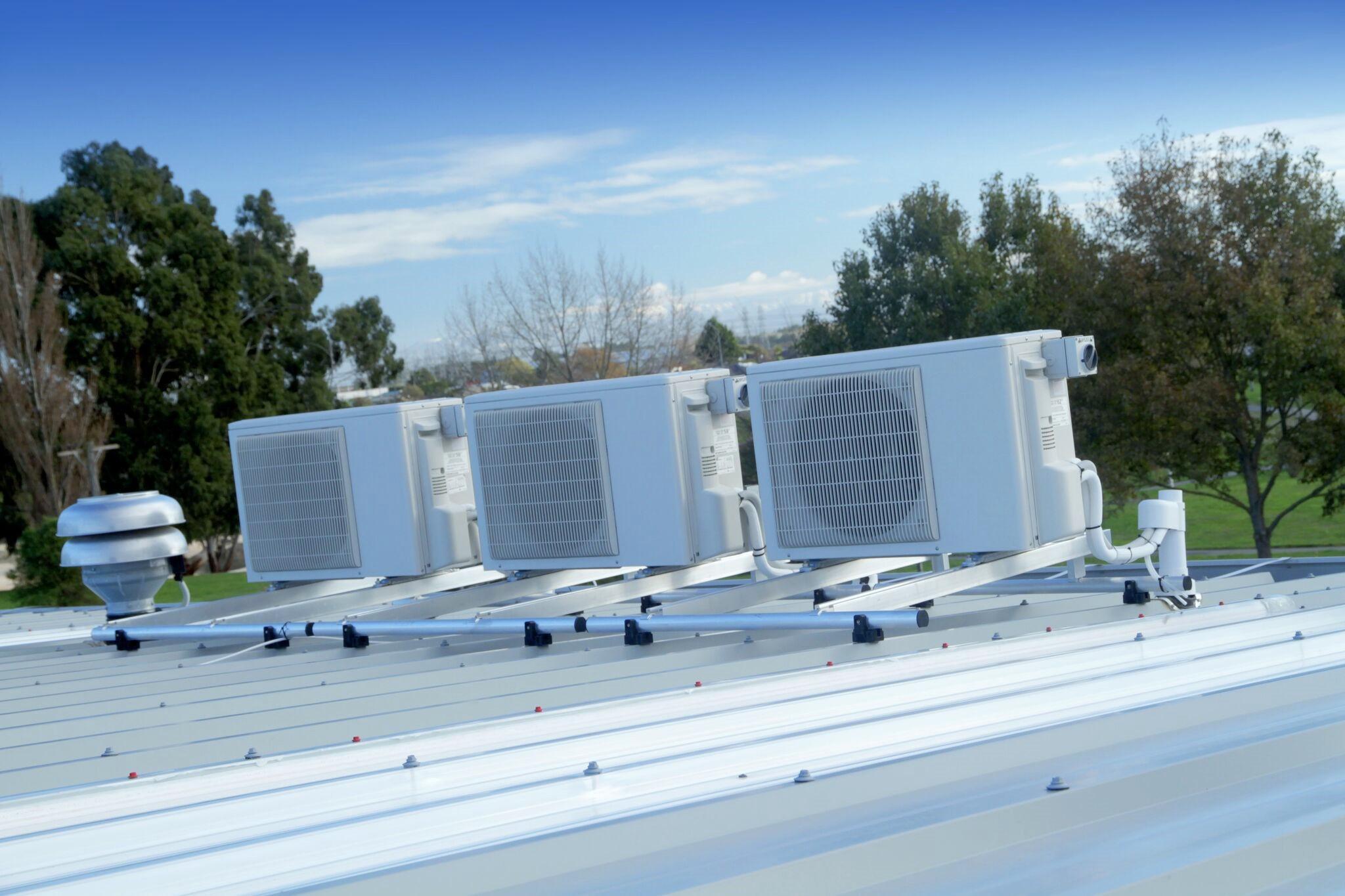
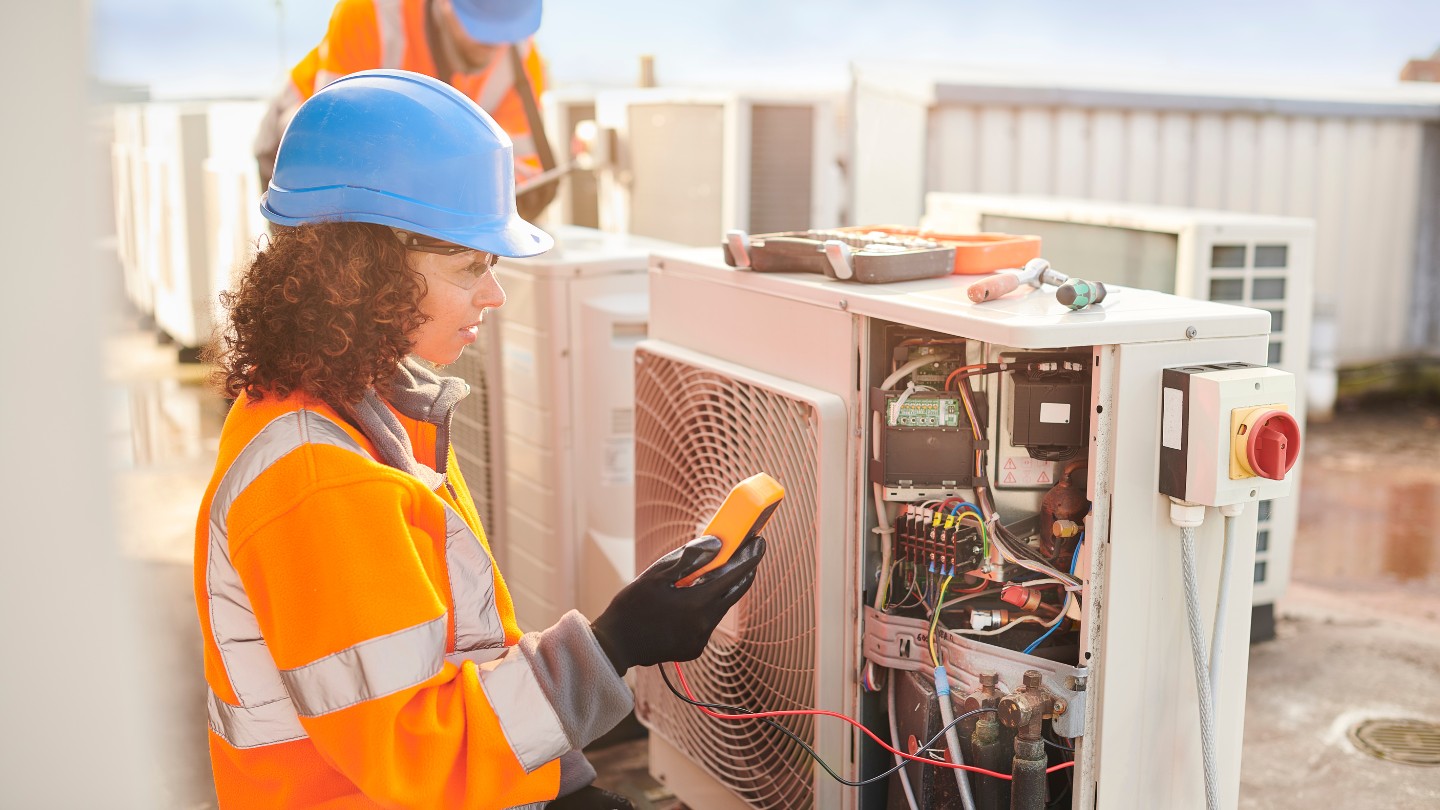
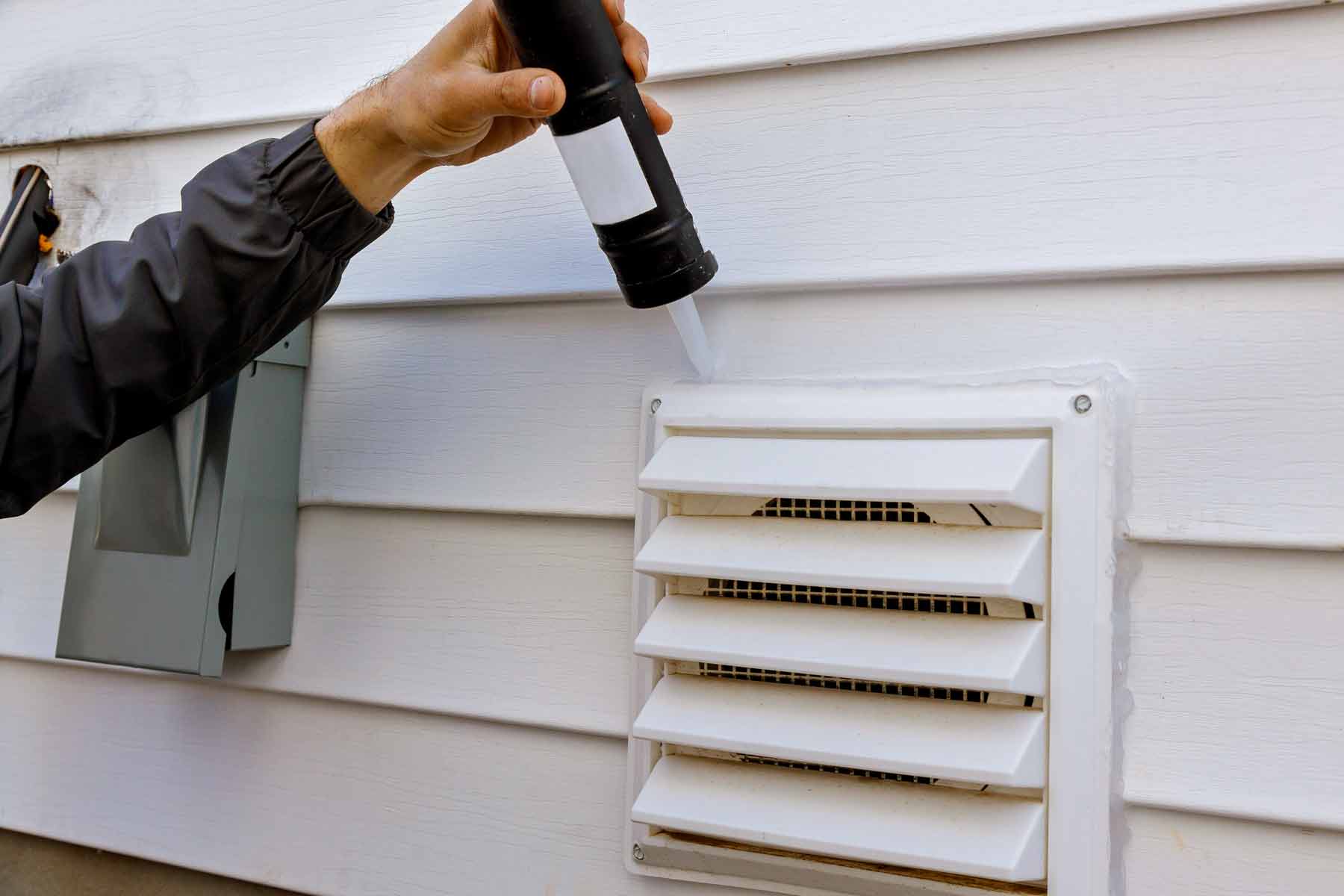
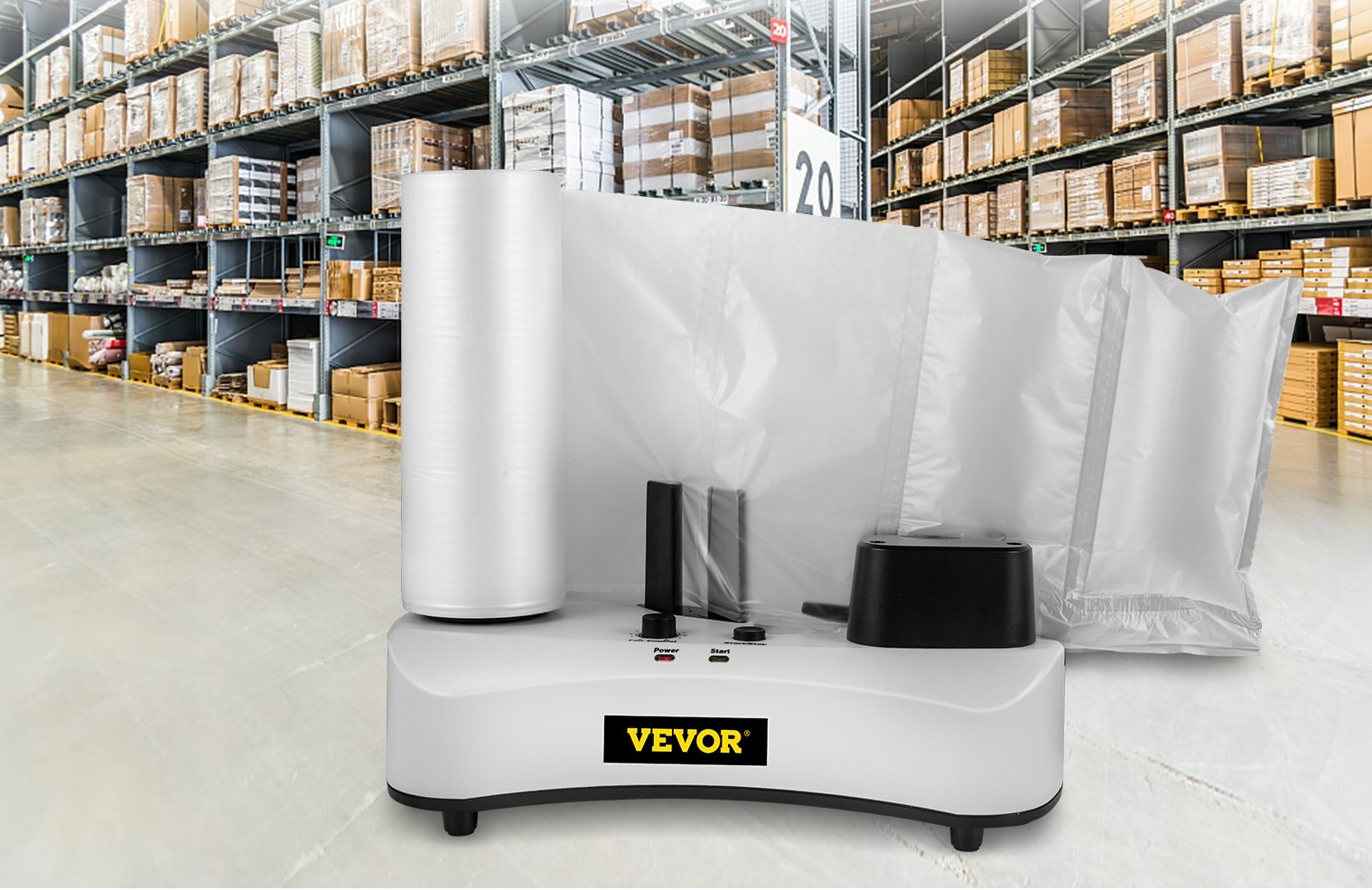
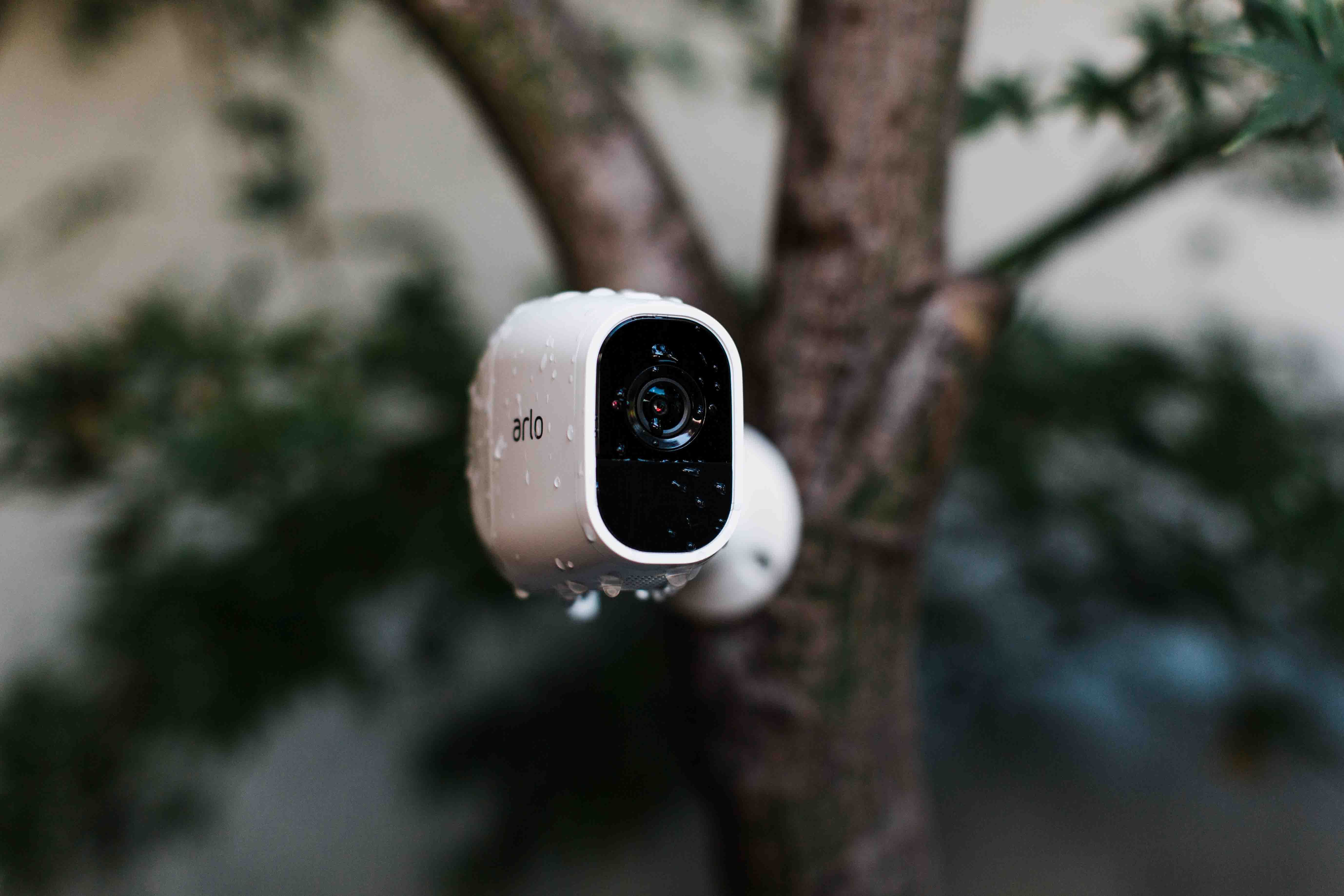

0 thoughts on “Where Is HVAC Filter Located”